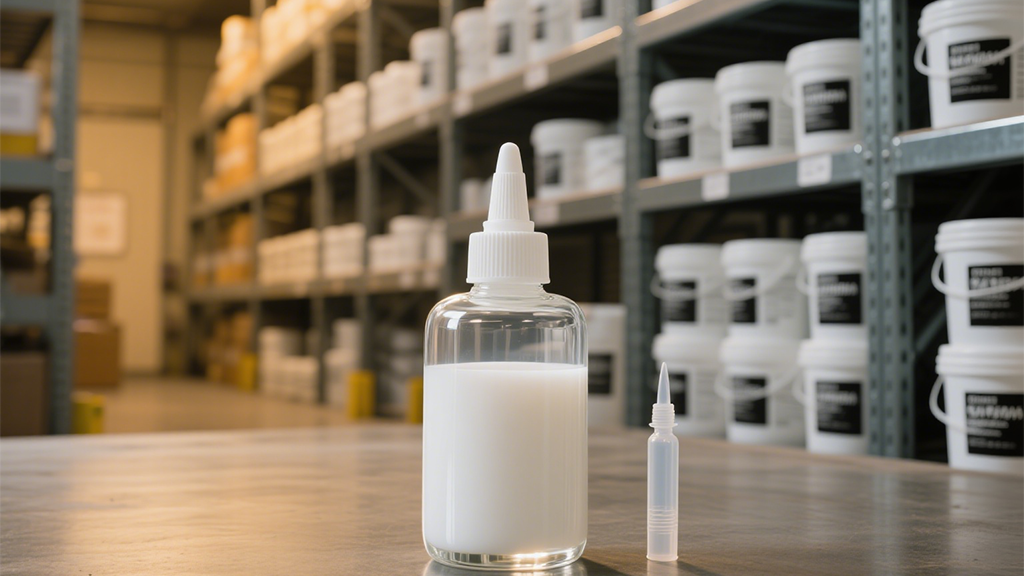Waterbased acrylic PSA repositionability refers to the ability of water-based acrylic pressure sensitive adhesives to be applied, removed, and reattached to a substrate multiple times without leaving residue, losing tack, or damaging the substrate, essential for applications such as removable labels, temporary signage, and repositionable tapes. This property requires a delicate balance of tack, peel strength, and cohesion—too much tack causes permanent bonding or residue, while too little results in poor initial adhesion. To achieve repositionability, formulators adjust monomer composition by using a higher proportion of low-tack monomers such as ethyl acrylate, which reduces surface stickiness while maintaining sufficient adhesion for temporary bonding. Lower molecular weight polymers, produced through controlled polymerization, enhance removability by reducing chain entanglement, allowing the adhesive to release cleanly from the substrate. Tackifier levels are minimized or replaced with low-tack alternatives (e.g., hydrogenated terpene resins), reducing the adhesive’s affinity for the substrate surface. Crosslinking is kept low to ensure the adhesive remains sufficiently flexible to release without tearing, while still maintaining cohesion to prevent residue. Emulsion particle size is optimized (larger particles, 300–500 nm) to reduce contact area with the substrate, lowering adhesion strength. Testing involves measuring peel strength (typically 1–5 N/25mm for repositionable applications), residue assessment (visual inspection after multiple removals), and tack retention (probe tack tests after reapplication cycles). These formulations ensure that the adhesive can be easily repositioned during application (correcting alignment), removed cleanly when needed, and reused if necessary, making them ideal for retail labels, promotional materials, and temporary fixes where flexibility in placement is critical.
